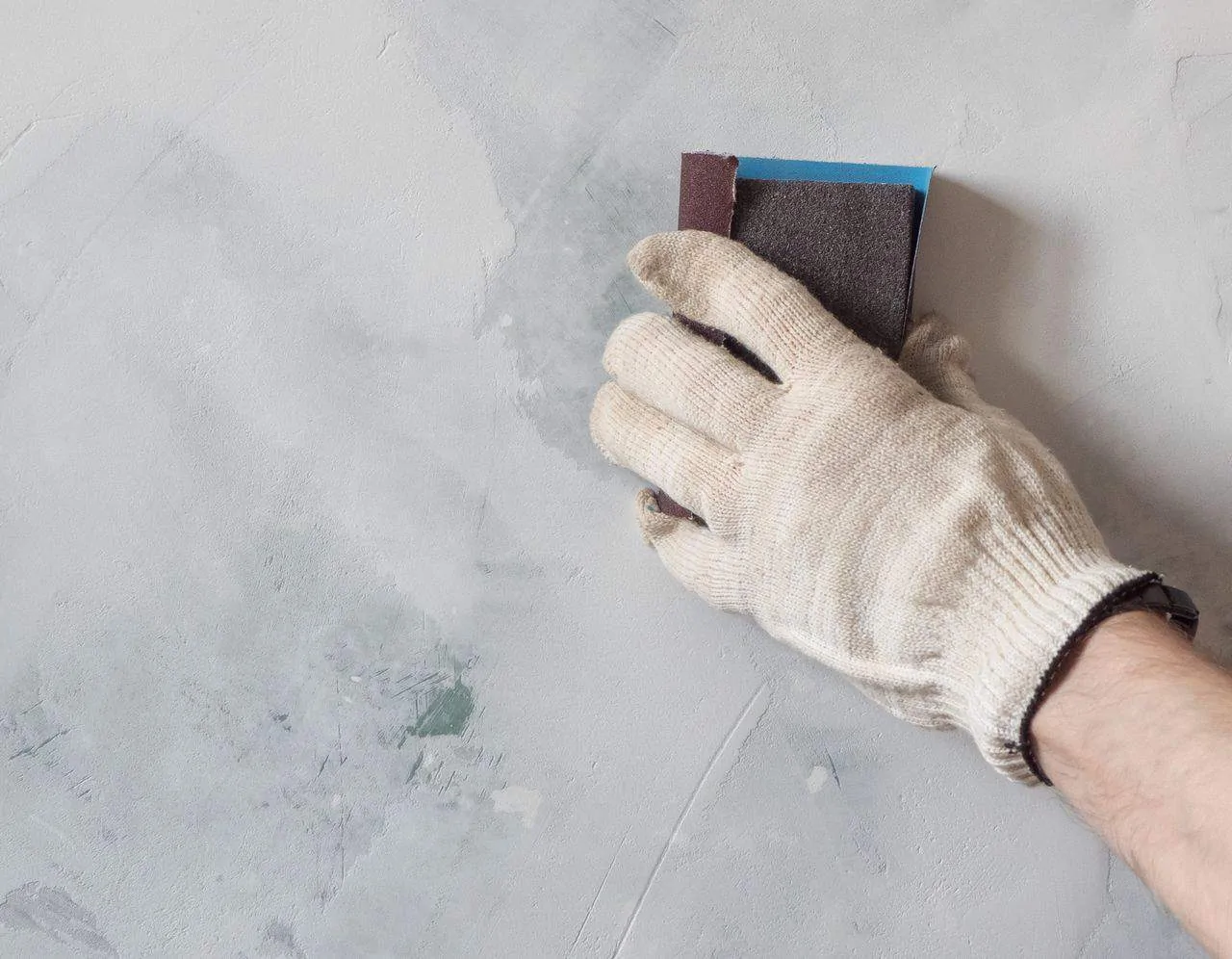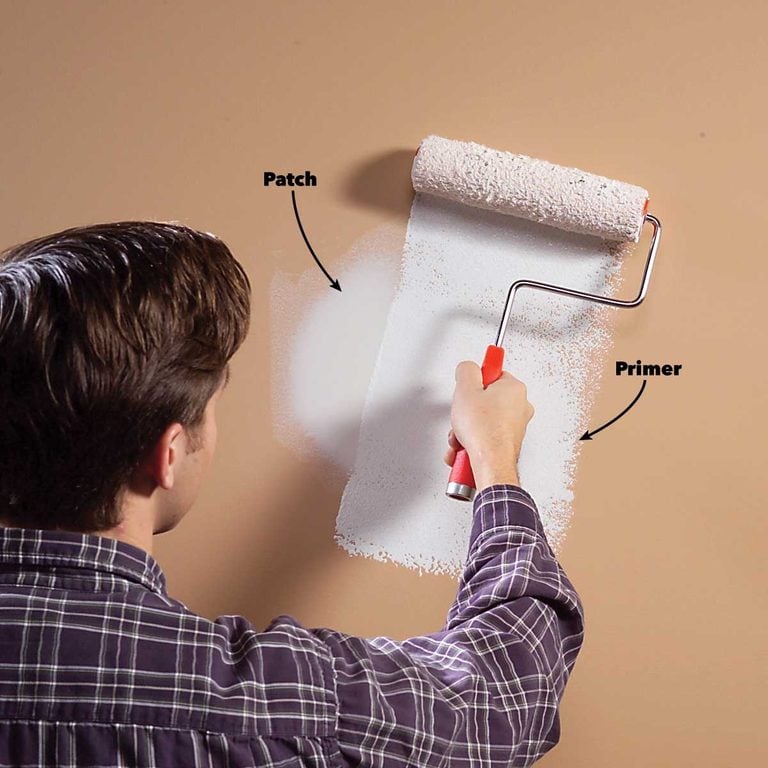5 Creative Ways to Use Plaster in Your Hallway Style
Introduction: Why Plaster is a Great Material for Hallway Design
Plaster has actually been used for centuries in architecture and interior style, and for great factor. Additionally, plaster can be molded and shaped into various forms, allowing for unlimited style possibilities. Whether you want to develop a declaration wall, add drama with an archway, or play with light and shadow using molding, plaster can assist you attain your desired appearance.

Create a Statement Wall with Textured Plaster
One of the most popular ways to utilize plaster in corridor style is by producing a declaration wall. Textured plaster can add visual interest and make a vibrant impact in any area. There are various textures and finishes that can be accomplished with plaster, depending on the wanted appearance. A rough texture can produce a rustic and natural feel, while a smooth texture can offer a more modern and sleek appearance. Some popular finishes consist of Venetian plaster, which has a sleek marble-like look, and stucco, which has a rougher texture.
To produce a declaration wall with textured plaster, start by selecting the ideal texture and surface for your area. Consider the total style and visual of your hallway, along with the other elements in the room. As soon as you have actually chosen the texture and surface, work with an expert plasterer who concentrates on textured plaster to ensure a top quality outcome. The plasterer will apply the plaster to the wall utilizing different strategies, such as troweling or spraying, to achieve the wanted texture. Consider including lighting components or artwork to further enhance the impact of the statement wall.
Add Drama with a Plaster Archway
Another way to incorporate plaster into hallway style is by adding a plaster archway. A plaster archway can add drama and elegance to a space, creating a focal point that draws the eye.
To develop a plaster archway, employ an expert plasterer who specializes in architectural plasterwork. Think about painting or staining the plaster to match the color scheme of your hallway.
Have fun with Light and Shadow using Plaster Molding
Plaster molding can be utilized to produce fascinating light and shadow effects, including depth and dimension to the area. There are numerous types of plaster molding that can be used in hallway style, such as cornices, friezes, and ceiling roses.
To have fun with light and shadow utilizing plaster molding, start by picking the ideal kind of molding for your area. Think about the overall design and aesthetic of your hallway, in addition to the other components in the room. When you have picked the molding, hire an expert plasterer who concentrates on plaster molding to make sure a high-quality result. The plasterer will install the molding using numerous techniques, such as casting or hand-carving, to achieve the preferred result. Think about including lighting components or art work to even more enhance the light and shadow results produced by the plaster molding.
Usage Plaster to Create a Modern Gallery Wall
If you choose a more modern and minimalist appearance, plaster can still be a fantastic material to utilize in corridor style. Plaster can be utilized to develop a modern-day gallery wall, where art work is shown in a clean and structured way. To create a modern gallery wall with plaster, start by selecting the ideal plaster finish for your area. Think about the general style and aesthetic of your corridor, along with the other components in the room. A smooth and refined surface, such as Venetian plaster, can produce a sleek and modern look.
As soon as you have actually chosen the plaster finish, think about how you want to organize the art work on the wall. Think about including lighting fixtures or spotlights to highlight the art work and create visual interest.
Make a Bold Statement with Plaster Ceiling Design
Plaster can be used to create a vibrant and special ceiling design that includes drama and sophistication to the area. There are different types of plaster ceiling styles that can be used in corridor style, such as coffered ceilings and domes.
To produce a plaster ceiling style, start by picking the ideal type of design for your space. When you have actually chosen the design, work with a professional plasterer who specializes in plaster ceiling design to ensure a high-quality result. Think about painting or staining the plaster to match the color plan of your corridor.
Create a Rustic Look with Plaster Brickwork
If you prefer a more rustic and textured look, plaster can be utilized to develop a brickwork effect Additional hints in a corridor. To produce a rustic appearance with plaster brickwork, start by selecting the best plaster finish for your area.
When you have actually picked the plaster finish, think about how you want to incorporate other rustic components into the design. Consider adding reclaimed wood accents or vintage lighting components to enhance the rustic feel. Finally, think about painting or staining the plaster to match the color design of your hallway.
Include Depth and Texture with Plaster Wall Panels
Plaster wall panels can be used to develop a three-dimensional result on the walls, adding visual interest and dimension to the space. There are different types of plaster wall panels that can be used in corridor design, such as raised panels and recessed panels.
To include depth and texture with plaster wall panels, start by selecting the ideal kind of panels for your area. Consider the overall design and aesthetic of your corridor, as well as the other elements in the space. As soon as you have actually selected the panels, work with an expert plasterer who specializes in plaster wall panels to ensure a high-quality outcome. The plasterer will install the panels utilizing numerous strategies, such as casting or hand-carving, to accomplish the wanted impact. Lastly, consider painting or staining the plaster to match the color scheme of your hallway.
Usage Plaster to Create a Focal Point with a Fireplace Surround
If your hallway has a fireplace, think about utilizing plaster to produce a distinct and appealing fireplace surround. Plaster can be formed and shaped into different forms, allowing for endless design possibilities. Whether you wish to develop a traditional and ornate surround or a modern-day and minimalist surround, plaster can help you attain your preferred appearance.
To produce a focal point with a plaster fireplace surround, start by choosing the right plaster surface for your space. Think about the general style and visual of your corridor, along with the other components in the room. As soon as you have actually picked the surface, employ a professional plasterer who specializes in fireplace surrounds to ensure a premium outcome. The plasterer will develop a custom style that fits flawlessly into your corridor. Think about adding decorative aspects, such as molding or rosettes, to further improve the beauty of the fireplace surround. Think about painting or staining the plaster to match the color plan of your corridor.
Conclusion: Get Creative with Plaster in Your Hallway Design
In conclusion, plaster is a terrific material for hallway design due to its resilience, flexibility, and capability to add texture and depth to a space. Whether you wish to produce a declaration wall, add drama with an archway, have fun with light and shadow using molding, or develop a modern-day gallery wall, plaster can help you accomplish your preferred appearance. In addition, plaster can be used to produce a vibrant and special ceiling style, a rustic and textured brickwork effect, or three-dimensional wall panels. Finally, consider utilizing plaster to create a centerpiece with a fireplace surround. The possibilities are unlimited when it concerns using plaster in corridor style, so get imaginative and try out various finishes and designs in your own jobs.


